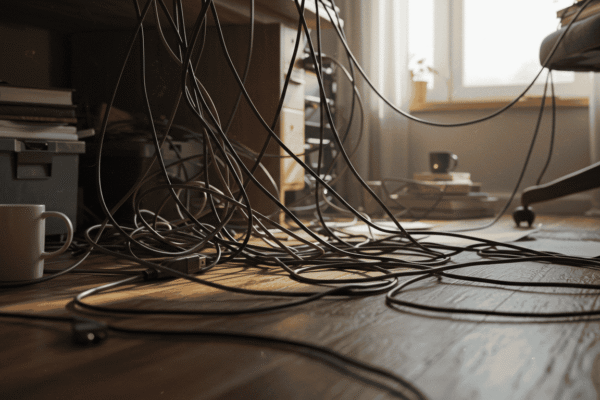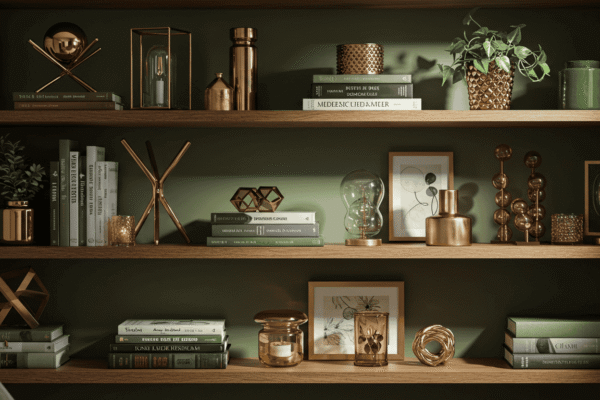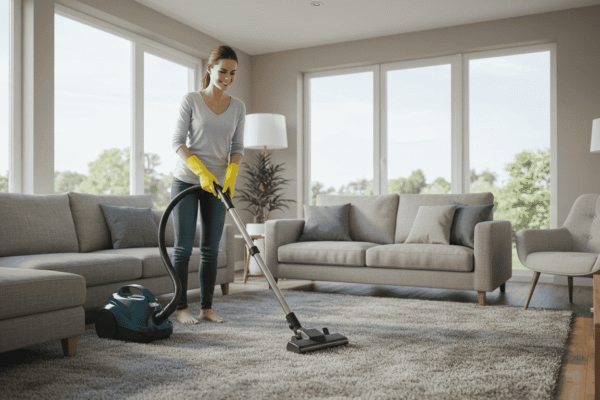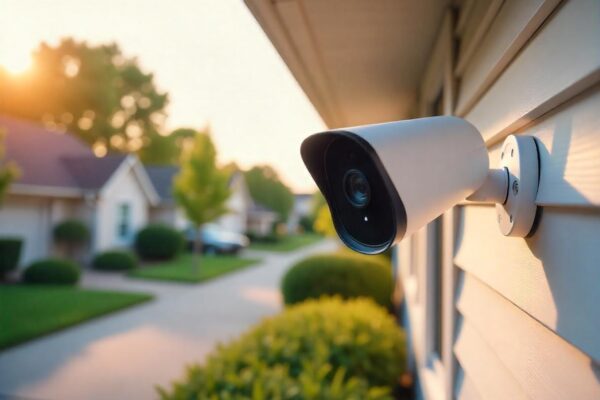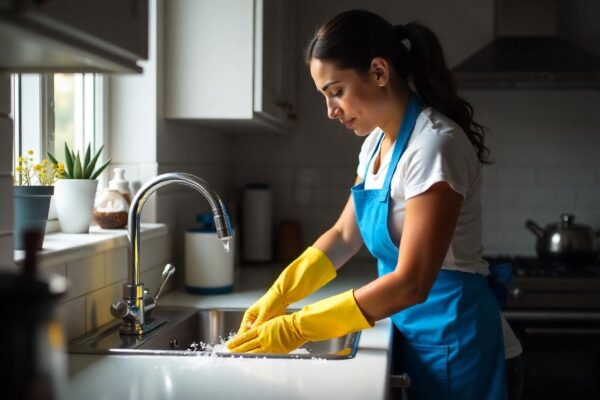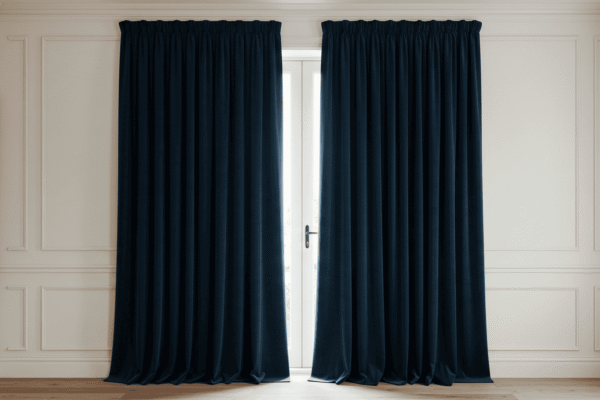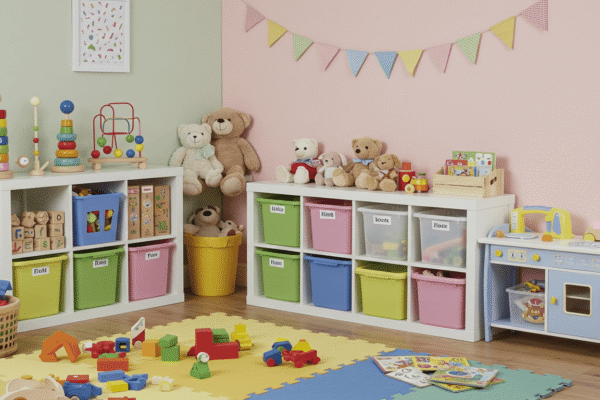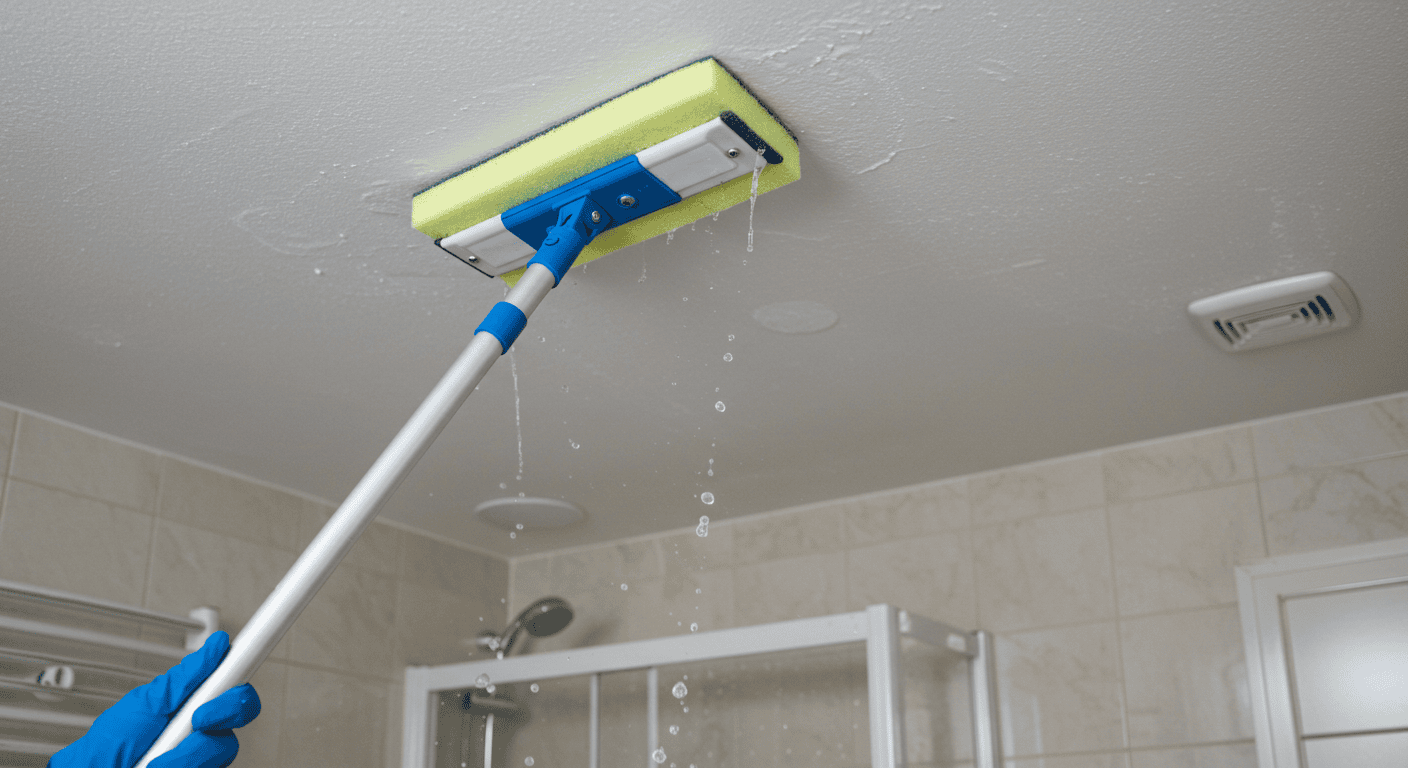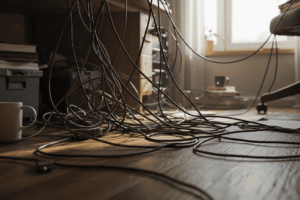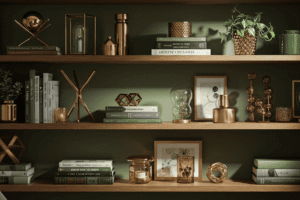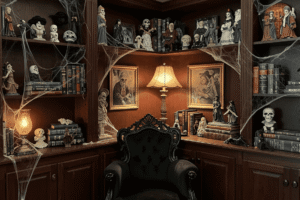How to clean mold from bathroom ceiling is a common question for many homeowners struggling with pesky, unsightly spots that not only damage the look of their bathroom but can also pose health risks. Bathroom ceilings are a prime spot for mold growth due to high humidity and poor ventilation. In this guide, you’ll discover effective bathroom ceiling mold removal techniques, safe and natural mold cleaning bathroom ceiling solutions, and expert tips to prevent mold growth for good. Say goodbye to stubborn mold stains on ceiling and hello to a fresh, healthy bathroom!
Why Mold Grows on Bathroom Ceilings (And Why It’s a Problem)
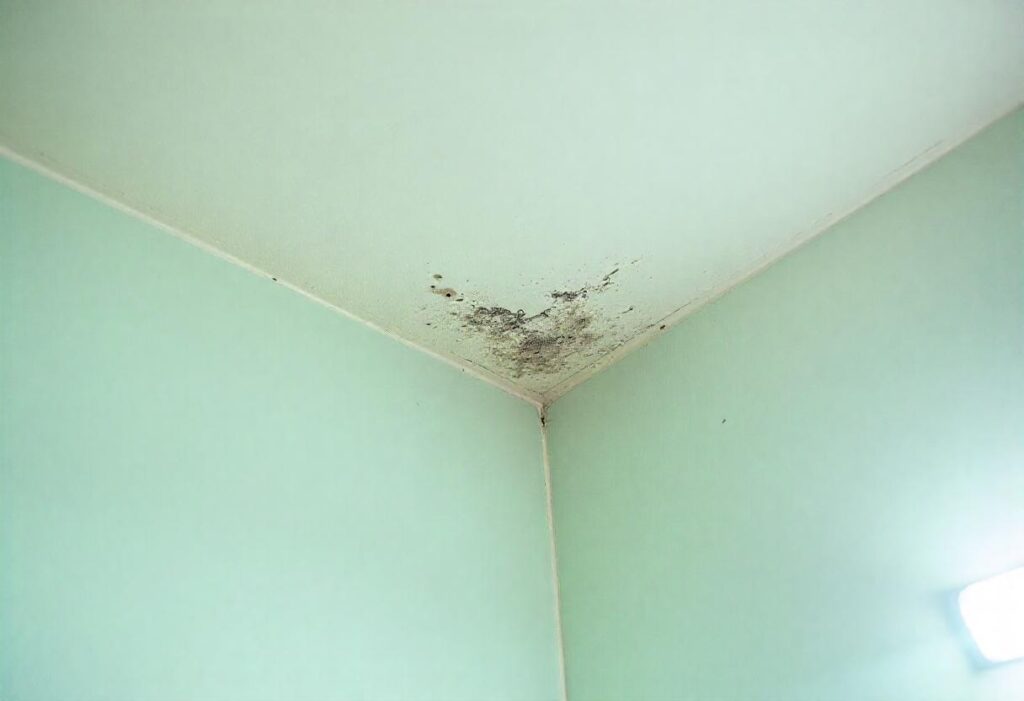
Understanding why mold grows on bathroom ceilings is the first step toward effective removal and prevention. Bathrooms naturally create an environment conducive to mold growth because of frequent moisture, warmth, and limited airflow. When moisture lingers on surfaces like the ceiling, it provides the perfect breeding ground for mold spores to settle and multiply. Ignoring this problem can lead to both aesthetic and health concerns, so it’s important to recognize the root causes and signs early.
What Causes Mold on Bathroom Ceilings?
Several factors contribute to the development of mold on bathroom ceiling, but the main culprit is excess moisture. Showers and baths release steam that condenses on the ceiling, especially in bathrooms with poor ventilation. Without proper airflow, this moisture doesn’t dry quickly, creating an ideal environment for mold spores to thrive. Additionally, leaks from plumbing or roof damage can increase dampness, further encouraging mold growth. High humidity levels and temperature fluctuations in the bathroom also play a significant role.
Health Risks and Structural Damage Mold Can Cause
Mold isn’t just an eyesore; it can cause serious health problems. Exposure to mold spores may trigger allergic reactions, respiratory issues, or aggravate asthma, especially for sensitive individuals. Beyond health, mold can compromise your home’s structure. Over time, it can weaken drywall, paint, and wooden surfaces, leading to costly repairs. Recognizing the severity of mold infestation is crucial for protecting both your family’s wellbeing and your property.
Common Signs Your Bathroom Ceiling Has Mold
Detecting bathroom ceiling mold early helps prevent escalation. Common signs include visible black, green, or white patches on the ceiling, a musty odor lingering after shower use, peeling or bubbling paint, and discoloration around ceiling fixtures. If you notice any of these symptoms, it’s time to take action before mold spreads further.
| Question | Yes | No |
|---|---|---|
| Do you notice discoloration or spots on your bathroom ceiling? | ☐ | ☐ |
| Is there a persistent musty smell even after cleaning? | ☐ | ☐ |
| Do you experience sneezing, coughing, or irritation after using the bathroom? | ☐ | ☐ |
| Is the bathroom poorly ventilated or lacking exhaust fans? | ☐ | ☐ |
If you answered “Yes” to two or more questions, your bathroom ceiling may have mold growth that needs attention.
Essential Safety Precautions Before You Start Cleaning Mold
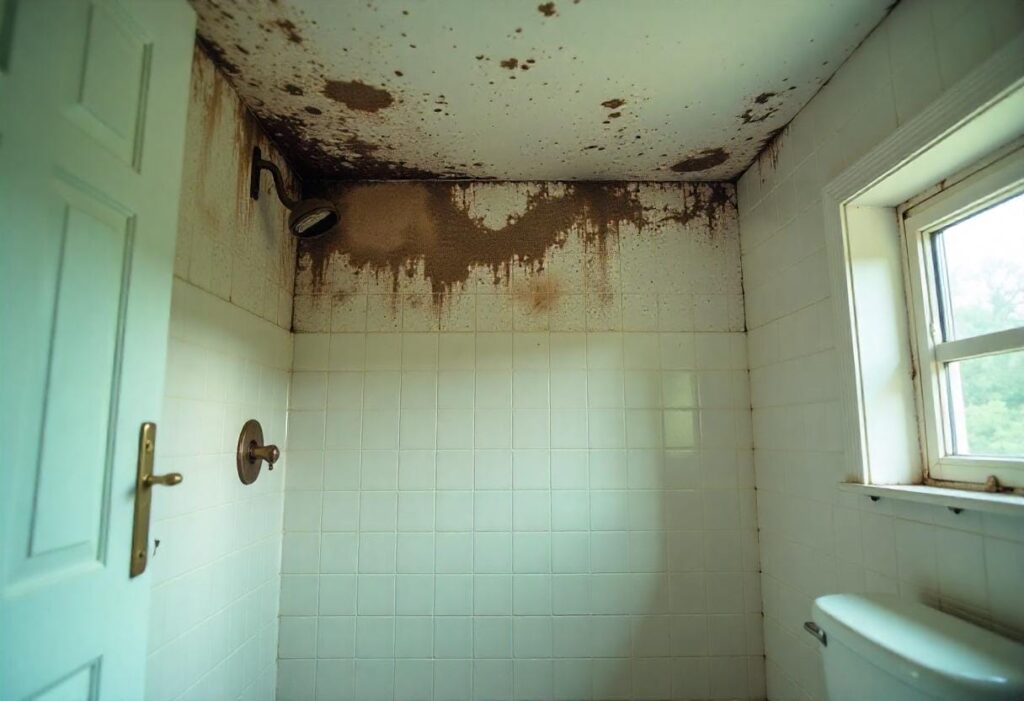
Before tackling mold cleaning bathroom ceiling, safety should be your top priority. Mold spores can become airborne during cleaning, posing health risks if inhaled or if they come into contact with your skin. Taking the right precautions ensures you protect yourself and others while effectively removing mold.
Protective Gear: What to Wear and Why
Wearing the correct protective gear is essential when cleaning bathroom ceiling mold. Start with gloves to prevent skin irritation from mold and cleaning solutions. Use a mask or respirator rated for mold spores to avoid breathing in harmful particles. Safety goggles protect your eyes from splashes and spores. Wearing old clothes or disposable coveralls is also a good idea to avoid contaminating your everyday wardrobe. Proper protection minimizes exposure and keeps your cleaning session safe.
Ventilation Tips to Keep the Air Safe
Proper ventilation is crucial during mold removal. Open windows and doors to allow fresh air to circulate and help disperse mold spores released during cleaning. If your bathroom has an exhaust fan, turn it on to improve airflow. If ventilation is poor, consider using a portable fan positioned near an open window to push spores outside. Maintaining airflow reduces the concentration of airborne spores and speeds up drying, making mold less likely to return.
Handling Mold Spores Safely
Mold spores are microscopic and can easily spread if disturbed. To safely handle mold, avoid dry brushing or scraping, which can release spores into the air. Instead, use damp cloths or sponges soaked in your cleaning solution to gently wipe the affected area. Dispose of cleaning materials carefully in sealed bags to prevent spores from spreading to other areas of your home. Always wash your hands and any exposed skin thoroughly after cleaning.
| Safety Gear | Purpose | Tips |
|---|---|---|
| Gloves | Protects skin from mold and chemicals | Use waterproof gloves |
| Mask/Respirator | Prevents inhaling mold spores | Choose N95 or higher rating |
| Safety Goggles | Shields eyes from splashes and spores | Ensure a snug fit |
| Protective Clothing | Avoids contamination of regular clothes | Wear disposable or old clothes |
| Ventilation Tools | Improves airflow to reduce spores in air | Use exhaust fans or portable fans |
Step-by-Step Guide: How to Clean Mold from Bathroom Ceiling
Cleaning mold from bathroom ceiling can seem daunting, but with the right approach and tools, it’s straightforward and effective. This guide walks you through preparing cleaning solutions, applying them correctly, and ensuring your ceiling stays mold-free afterward.
Preparing Your Cleaning Solution (Natural and Effective)
When tackling bathroom ceiling mold removal, opting for natural cleaning agents is a safe and eco-friendly choice. Common household items like vinegar, baking soda, and hydrogen peroxide have proven antimicrobial properties and are gentle enough to use without harsh chemicals. Preparing these solutions properly ensures maximum effectiveness while protecting your bathroom surfaces and your health.
Application Techniques: Scrubbing vs. Spraying
How you apply your cleaning solution impacts the success of mold removal. Spraying is a quick way to cover the affected area, allowing the solution to soak into moldy spots. However, scrubbing helps physically remove mold and stains from the ceiling. For stubborn mold patches, use a soft brush or sponge to gently scrub after spraying. Be careful not to damage the ceiling surface, and always work in small sections for better control.
Post-Cleaning: Rinse and Dry for Best Results
After cleaning, rinse the ceiling with a damp cloth to remove any residue. It’s crucial to dry the area thoroughly since moisture left behind can encourage mold to return. Use fans, open windows, or a dehumidifier to speed up drying. Consistent drying prevents lingering mold spores from re-establishing on your ceiling.
Comparison Table: Natural Cleaning Agents for Mold Removal
| Cleaning Agent | Pros | Cons | Usage Tips |
|---|---|---|---|
| Vinegar | Antimicrobial, inexpensive, non-toxic | Strong smell (which dissipates quickly) | Spray undiluted; leave for 1 hour before wiping |
| Baking Soda | Mild abrasive, deodorizes, safe for kids | Less potent alone against tough mold | Mix with water to form paste; scrub gently |
| Hydrogen Peroxide | Powerful mold killer, disinfectant | Can bleach surfaces if undiluted | Use 3% solution; spray and let sit 10-15 mins |
Natural Mold Cleaning Solutions That Really Work

When it comes to mold cleaning bathroom ceiling, natural solutions offer safe, effective, and budget-friendly alternatives to harsh chemicals. These household ingredients not only tackle mold but also minimize health risks and environmental impact. Below are three proven natural mold cleaners you can easily prepare and use.
Vinegar: The Powerful Antimicrobial
White vinegar is a potent natural antimicrobial that can kill up to 82% of mold species. Its acidity breaks down mold structure, preventing regrowth without damaging most bathroom surfaces. Plus, it’s inexpensive and readily available.
DIY Vinegar Solution:
- 1 cup white distilled vinegar (undiluted)
- Pour into a spray bottle
- Spray directly onto moldy areas
- Let sit for 60 minutes
- Wipe clean with a damp cloth
Baking Soda: A Gentle Abrasive and Deodorizer
Baking soda is excellent for lightly scrubbing away mold and neutralizing odors. Its gentle abrasive quality makes it safe for delicate surfaces, while its deodorizing power leaves your bathroom smelling fresh.
DIY Baking Soda Paste:
- 2 tablespoons baking soda
- 1 cup water (or enough to make a paste)
- Mix into a paste consistency
- Apply to mold spots with a sponge or brush
- Scrub gently, then rinse and dry
Hydrogen Peroxide: Strong Mold Killer Without Harsh Chemicals
Hydrogen peroxide is a powerful mold killer and disinfectant that breaks down mold’s cellular structure. Unlike bleach, it does not produce toxic fumes and is safe for most surfaces if used correctly.
DIY Hydrogen Peroxide Spray:
- 1 cup 3% hydrogen peroxide
- Pour into a spray bottle
- Spray moldy ceiling generously
- Let sit for 10-15 minutes
- Wipe away with a clean cloth
Quick DIY Recipes Table
| Natural Solution | Ingredients | How to Use | Wait Time |
|---|---|---|---|
| Vinegar | 1 cup white vinegar | Spray undiluted on mold, let sit, wipe | 60 minutes |
| Baking Soda Paste | 2 tbsp baking soda + water | Apply paste, scrub gently, rinse, dry | No wait, clean immediately |
| Hydrogen Peroxide | 1 cup 3% peroxide | Spray generously, let sit, wipe clean | 10–15 minutes |
How to Prevent Mold from Coming Back on Your Bathroom Ceiling
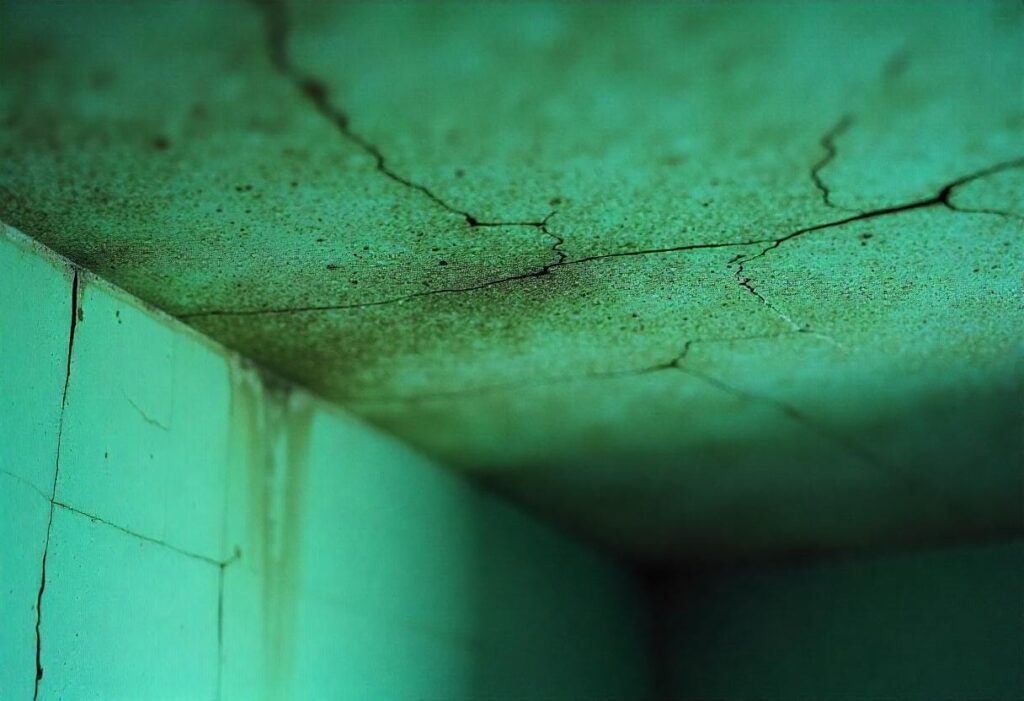
Once you’ve mastered how to clean mold from bathroom ceiling, your next goal is to make sure it doesn’t come back. Prevention is the long game—and it starts with creating a healthier bathroom environment. With a few smart habits and strategies, you can keep your ceiling mold-free for good.
Control Moisture: Ventilation and Dehumidifiers
Since mold thrives in moisture, controlling humidity is your first line of defense. Always ventilate your bathroom by opening windows or using an exhaust fan after every shower. If your bathroom has poor airflow, a dehumidifier can help maintain humidity below 50%, which discourages mold growth. Also, make sure to fix leaky pipes or ceiling drips quickly—they’re sneaky sources of recurring mold.
Regular Cleaning Routines That Work
A consistent cleaning routine goes a long way in preventing mold on bathroom ceilings. Wipe down wet surfaces, clean your ceiling monthly with natural mold-preventing solutions (like vinegar), and don’t let dust or soap scum build up. Even something as simple as drying your shower walls with a squeegee can drastically cut down on mold risks.
Using Mildew-Resistant Paints and Coatings (Without Brand Names)
Consider repainting your bathroom ceiling with mildew-resistant or anti-moisture coatings. These specialty finishes create a less welcoming surface for mold to latch onto. Make sure the ceiling is completely clean and dry before applying, and follow with regular ventilation and upkeep to keep your ceiling looking fresh and clean.
Creative Touch: Mold Prevention Calendar
| Task | Weekly | Monthly | Notes |
|---|---|---|---|
| Ventilate after showers | ✅ Every time | Keep windows open or fan on | |
| Wipe ceiling corners | ✅ | Use a microfiber cloth | |
| Spray vinegar mist on ceiling | ✅ Once a month | Natural prevention method | |
| Clean exhaust fan cover | ✅ | Dust buildup reduces effectiveness | |
| Inspect for leaks | ✅ | Especially after rainy weeks | |
| Check humidity levels | ✅ If possible | Use a hygrometer or dehumidifier |
Print or save this checklist to stay ahead of the mold before it returns!
Common Mistakes to Avoid When Cleaning Bathroom Mold
Even with the best intentions, cleaning mold from bathroom ceiling can go wrong if you make simple but critical mistakes. Avoiding these pitfalls can save you time, protect your health, and prevent the mold from returning stronger than before.
Overusing Bleach and Why It Can Backfire
Many people instinctively grab bleach when they see mold—but it’s not always the hero it’s made out to be. While bleach may lighten mold stains, it often doesn’t penetrate porous surfaces like drywall or ceiling paint, meaning the mold can continue to grow underneath. Even worse, excessive use of bleach releases toxic fumes, especially in small, enclosed bathrooms with poor ventilation.
Ignoring Ventilation and Humidity Control
If you clean mold but don’t address humidity and airflow, you’re just hitting pause—not stop. Without proper ventilation, mold spores settle back in as soon as moisture returns. Skipping this step is like cleaning a wound and then jumping back into a mud puddle. Ensure airflow is part of your cleanup and post-cleaning routine.
Skipping Safety Measures
Mold spores are microscopic and can become airborne during cleaning. Not wearing protective gear or failing to seal off the area puts your respiratory health at risk. Gloves, goggles, and masks are non-negotiable when dealing with mold—especially in ceiling spaces where spores fall downward.
Quick Table: Dos and Don’ts of Mold Cleaning
| Dos | Don’ts |
|---|---|
| ✅ Wear protective gear (mask, gloves, goggles) | ❌ Skip safety just because the mold “looks small” |
| ✅ Use natural cleaners like vinegar or peroxide | ❌ Overuse bleach or mix it with other chemicals |
| ✅ Ventilate during and after cleaning | ❌ Ignore high humidity or moisture sources |
| ✅ Dry the ceiling thoroughly post-cleaning | ❌ Leave wet spots behind—mold loves moisture |
| ✅ Test small patches first | ❌ Scrub too hard and damage ceiling material |
When to Call a Professional: Signs You Need Expert Help
While knowing how to clean mold from bathroom ceiling is empowering, there are times when calling in a professional is the safer and smarter move. If your DIY efforts aren’t cutting it—or if mold is threatening your home’s structure or your health—don’t hesitate to get help.
Severe Mold Infestation Symptoms
If you notice mold spreading across a large portion of your ceiling (typically more than 10 square feet), you’re likely dealing with a severe mold infestation. At this stage, cleaning it yourself can release massive amounts of spores into the air, increasing health risks and potentially making the situation worse. Professionals have specialized equipment to safely contain and remove heavy growths.
Persistent Mold Despite DIY Efforts
Have you cleaned the ceiling repeatedly, only for the mold to return like a bad sequel? This usually points to an underlying moisture issue that hasn’t been resolved—like a hidden leak, poor ventilation design, or improper insulation. A mold remediation specialist can detect and treat the root cause, not just the surface symptoms.
Mold and Structural Damage Concerns
Mold isn’t just ugly—it can gradually break down materials like drywall, paint, plaster, and even ceiling joists if it’s been left unchecked. If you notice bubbling paint, sagging ceiling panels, or a musty odor that won’t go away, it could mean the structure beneath your bathroom ceiling is compromised. At this point, a professional inspection is crucial to assess the damage and prevent costly repairs down the road.
Fun FAQs and Myths About Bathroom Mold Cleaning
Let’s wrap things up with a little myth-busting and some of the most common (and often misunderstood) questions about how to clean mold from bathroom ceiling. Cleaning mold doesn’t have to be scary—or boring.
Myth: Bleach Kills All Mold Instantly
❌ Wrong! While bleach might look like it’s erasing mold because it removes stains, it doesn’t always kill the root of the problem—especially on porous surfaces like ceiling paint or drywall. In fact, it can push moisture deeper, allowing the mold to return even faster. Natural solutions like vinegar or hydrogen peroxide often do a better job of penetrating and killing mold spores.
FAQ: How Often Should I Clean Bathroom Mold?
🧽 Ideally, never—because you’re preventing it! But if mold does appear, clean it as soon as you spot it. As a general habit, give your bathroom ceiling a light inspection every 2 to 4 weeks, and wipe it down with a vinegar mist monthly as a preventative measure. Prevention is the best cleaning strategy.
Myth: Mold Is Harmless if It’s Small
⚠️ False. Even a small patch of mold can release spores into the air that trigger allergies, asthma, and irritation. Small doesn’t mean safe. Treat even the tiniest spots seriously—especially on the ceiling where moisture lingers and visibility is low.
Creative Touch: Mold Myths & Facts Quiz Table
| Statement | Myth or Fact? | Truth Bomb |
|---|---|---|
| Bleach kills mold completely on all surfaces | Myth | It removes stains but doesn’t reach deep roots on porous materials |
| Small mold patches are not dangerous | Myth | Even tiny colonies release harmful spores |
| Vinegar can kill many types of mold | Fact | Yes! It’s a natural antifungal and works well on many surfaces |
| You need to clean mold only when it appears | Myth | Regular prevention is better than occasional deep cleaning |
| Mold can grow back if moisture isn’t fixed | Fact | Absolutely—moisture is the #1 reason mold keeps coming back |
Mastering How to Clean Mold from Bathroom Ceiling Safely and Effectively
Knowing how to clean mold from bathroom ceiling is more than just a quick fix—it’s about protecting your health, preserving your home, and preventing costly repairs down the line. By using safe, natural solutions, taking proper precautions, and staying ahead of moisture issues, you can turn a mold-prone bathroom into a fresh, healthy space.
Don’t wait for mold to become a major problem. Keep an eye out, follow the steps, and turn ceiling cleaning into part of your regular home care routine.
Have more questions or mold myths you’ve heard? Drop them in the comments—we’d love to bust them for you!

